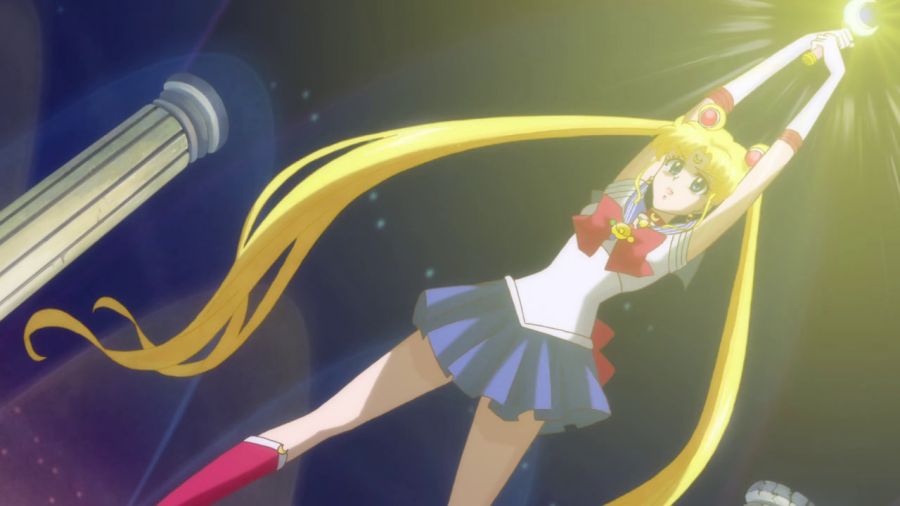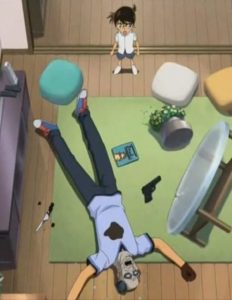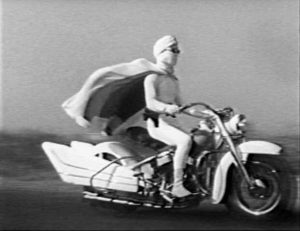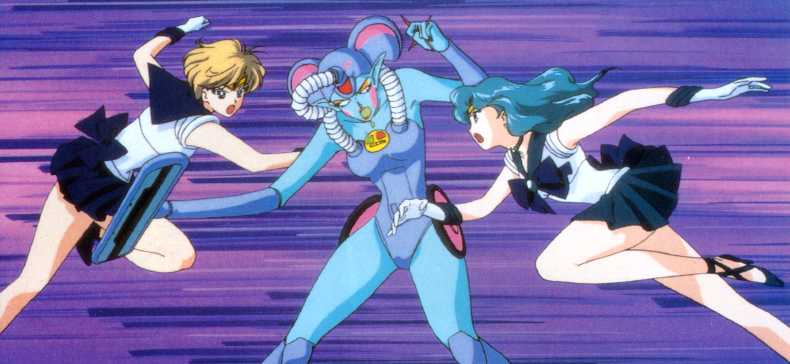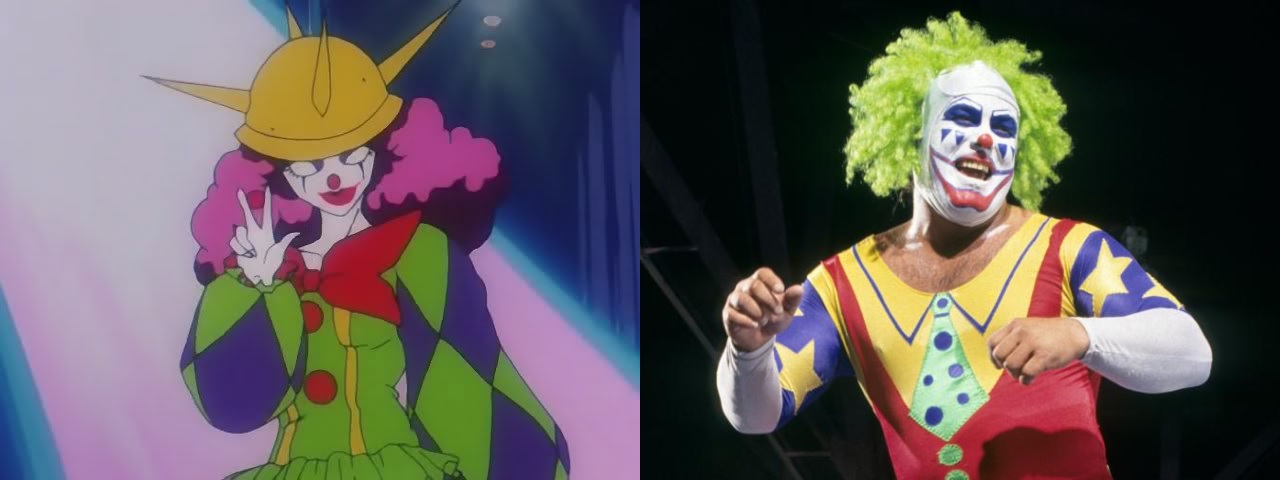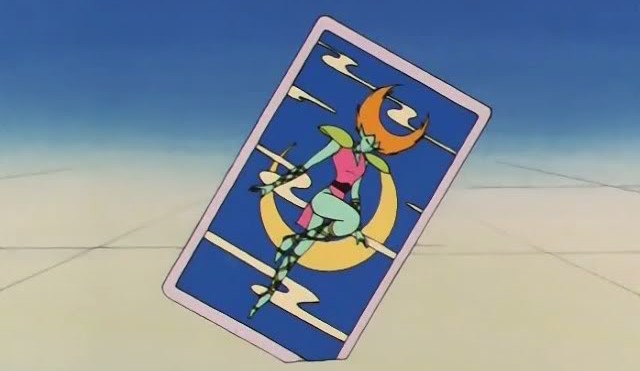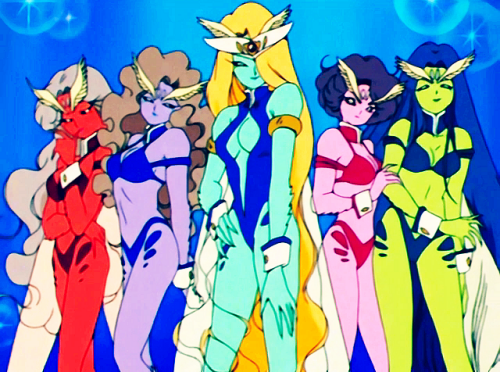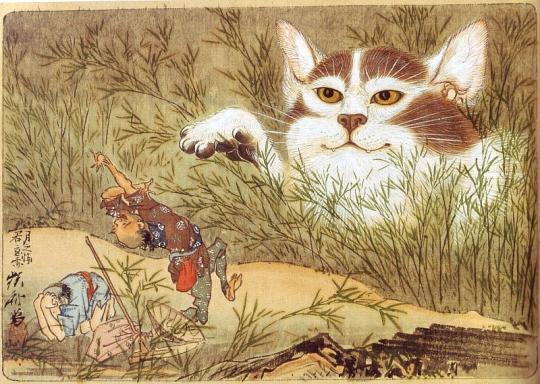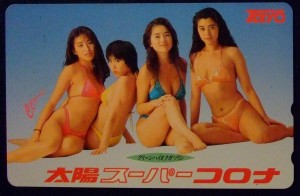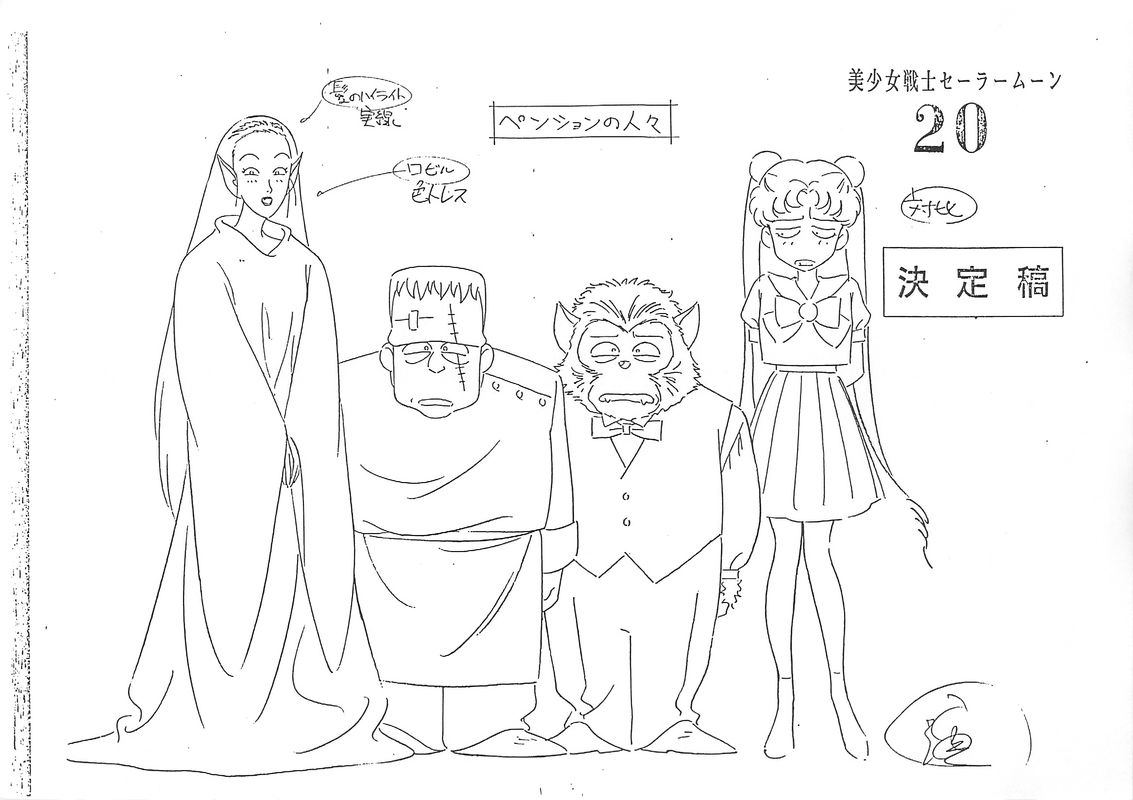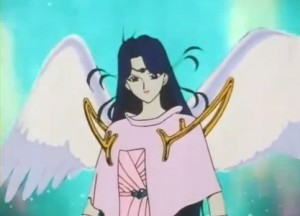An alternative title for this question is probably: “Why Doesn’t Sailor Moon Kill More People?” But that seemed a little dark, so I decided for some nicer phrasing. It’s not like we actually want Usagi to kill, right?
One thing that makes this question interesting is that, if Sailor Moon had been a cartoon originally made in the United States back in the early 90’s, I wouldn’t give this a second thought and it wouldn’t even occur to me that it’s odd that the vast majority of the monsters of the day (and even the major villains!) end up being ‘healed’ or otherwise brought over to the side of good. Even when the villains do wind up being killed in the anime, they usually die at their own hands, by being backstabbed by a colleague, or for some reason unrelated to the Sailor Team. But this is Japan, where the concept of showing bad (or even good!) people die in children’s media isn’t considered to be so wrong.
Take Detective Conan for example. Its target audience is mainly young children, and yet since the anime began its run in 1996, a total of 334 people have died as of episode 631.1 Since the story is meant to take place over just one year (without any of the fancy time-resets Sailor Moon is granted), that works out to 0.9 deaths per day!
Even in the live-action Super Sentai series,2 which Sailor Moon‘s concept is based on, at the very least the daily monsters were generally killed without a second thought.
The first, and most obvious answer, is the argument related to sexism (though not necessarily in a bad way): the Sailor Soldiers are girls, and thus are seen to be pure and shouldn’t be killing people. What makes this a particularly difficult to refute argument is that the Sailor Moon series essentially created the fighting superheroine genre3 in Japan, so we don’t have a lot of examples to go off of. But I personally don’t think that’s 100% of the story.
I wonder if, perhaps, this might be partially related to the major thematic element of the series – the moon. In fact, Japan’s first tv superhero, Moonlight Mask,4 also fought as a “soldier from the moon.” His name (月光仮面; gekkou kamen) actually comes from the Japanese name of the Buddhist bodhisattva Candraprabha,5 whose name is written in Japanese as 月光菩薩 (gakkou bosatsu; Moonlight Bodhisattva).
So how does this connect to the Sailor Soldiers always choosing to show mercy over killing? Well, Moonlight Mask’s motto (as a throwback to his Buddhist inspiration) might be the key:
憎まず、殺さず、許しましょう
“Do not hate, do not kill – let us forgive.”
Moonlight Mask was also known for not killing his enemies, possibly in reference to the Buddhist origins behind his name, but I also believe it’s related to the perception of the moon as a source of unsullied purity; a light in the darkness. This connection also is carried through into the Sailor Moon series, from the purity of the characters themselves and even back to the peace of the Silver Millennium, which was only put to an end due to the greed of humanity. But what about you? Do you think it’s simply a matter of tv viewers not wanting to see women kill, or is there possibly some other, deeper explanation that I missed?
As an interesting aside, between his turban, name, and all white outfit, he’s pretty clearly the inspiration behind Moonlight Knight, and also the second time Mamoru is based on an old Japanese superhero.
